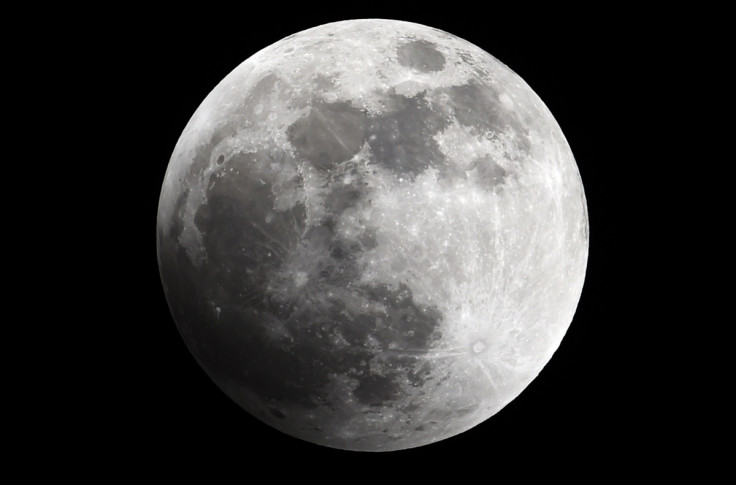The supermoon of all supermoons is set to appear for the first time in a generation
In 2016, three supermoons occur in row between October and December.

November's full moon will appear as the biggest supermoon in seven decades. On the 14th, as it rises in the sky, it will be the closest to Earth it has been since 1948.
Astronomy enthusiasts had been waiting for the end of 2016 with great impatience. Indeed, three supermoons in a row, in October, November and December have been expected.
The November supermoon is a record-breaking full moon, coming closer to our planet than at any other time in the 21st century so far. It won't come that close again until 25 November 2034, making this event even more of a 'must-see'.
The last full moon of 2016, in December, will for its part be remarkable because it will overshadow another important astronomical event.
Indeed, it is expected to conceal the Geminid meteor shower from view due to the bright moonlight – visibility will be from five to 10-fold.
Although the term 'supermoon' refers in popular culture to a full moon that is nearer than average to Earth as it orbits the planet, it more accurately refers to one that is within 90% of its closest approach to Earth in a given orbit. The preferred scientific term for a supermoon is 'perigee full moon'.
The biggest supermoons can be seen as much as 14% bigger and 30% brighter than other full moons, according to Nasa.
When do supermoons occur?
A supermoon occurs when the full moon closely coincides with perigee – the moon's closest point to Earth in its orbit.
The moon's orbit around our planet is elleptical. This means that one side of the moon - known as the perigee - is much closer to Earth than the other side (the apogee).
When the Earth, sun and moon are aligned during the 'perigee' side of the lunar orbit, with the moon on the opposite side of the Earth from the sun, we get to see a supermoon.
© Copyright IBTimes 2025. All rights reserved.






















